1940s: NBS radon measurements
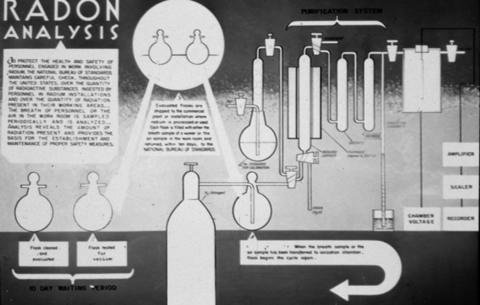
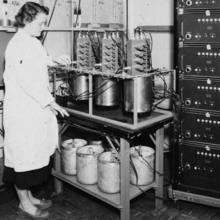
During the 1940s, Leon Curtiss and a number of workers in his group, including F.J. Davis, Howard Seliger, Lucy Cavallo, Leroy Stockmann and Patricia Mullen, greatly expanded the capabilities of NBS for radioactivity measurements. After World War II, the emphasis quickly changed to developing standards for fission product nuclides. In the early 1940s, Curtiss and Davis developed a radon emanation and counting system that is shown here. Radon measurements were important because of exposures to uranium miners in Colorado. In some cases, miners came to the Bureau and exhaled into a flask of known volume. The flask was then attached to the radon gas handling system, and the activity of the radon in their breath was measured in the pulse ionization chamber.
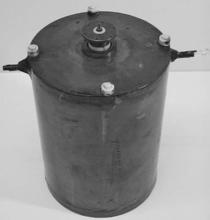
Collé has described the principles of operation of the pulse ionization chamber as follows:
Alpha particles resulting from the decay of radon and its decay progeny ionize the gas contained in the chamber. Electrons and positive ions liberated in the ionized gas are collected by means of an electric field maintained by the high voltage between the central electrode and the chamber wall. The collection of electrons on the central electrode produces a pulse of current to flow to an output resistor R. Since the voltage drop across R is proportional to the current flowing, the voltage resulting from a single alpha particle will increase and then decrease again as the current fades away.
Ronald Collé
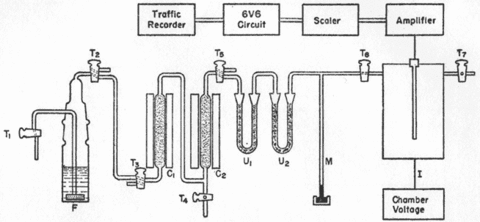
The ionization chambers have a volume of about 4.2 liters and operate at a potential of 1200 volts. The chambers were calibrated by introducing a known quantity of radon-222 swept from a standard solution of radium-226.
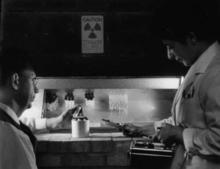
To meet the nation's needs for low-level standards, radium-226 solutions in sealed glass ampoules have been provided since 1940. Several different series of standards were distributed, but the characterization of the 1947 series was the best documented. The radium-226 content of the ampoules ranged from 1µg to 200 µg. They were certified at NIST for radium-226 content (mass) by measurements relating them to the Hönigschmid standards.

